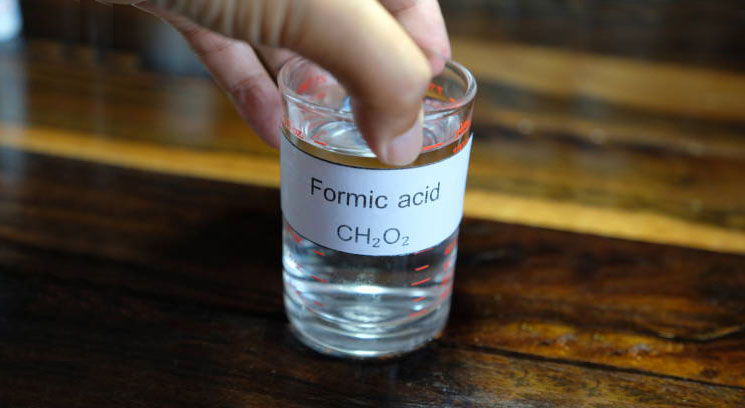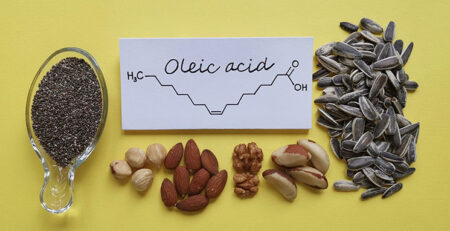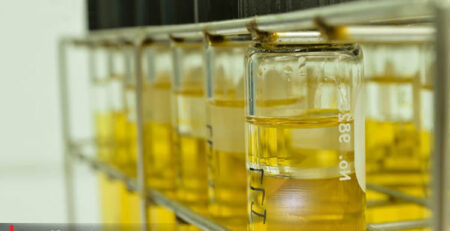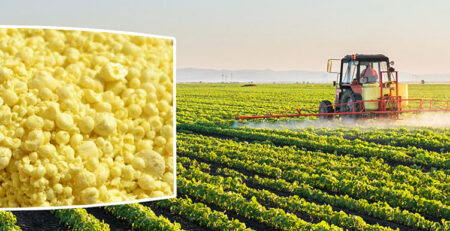Formic Acid
Formic acid, ant essence or systematically methanoic acid, is the simplest carboxylic acid and has the chemical formula HCOOH. This substance is an important intermediate in chemical synthesis and is produced naturally. The word “formic” is derived from the Latin word for ant, formica, which indicates the distillation of the ant’s body. The ester, salt and anion of formic acid is called formate. Industrially, formic acid is produced from methanol.
History of formic acid
Some alchemists and naturalists knew that anthills gave off acid fumes as early as the 15th century. The first person to describe the isolation of this substance (by distillation of large numbers of ants) was the English naturalist John Ray in 1671. Ants secrete formic acid for attack and defense purposes.
Formic acid was first made by the French chemist Joseph Guy Lussac from hydrocyanic acid. In 1855, another French chemist, Marcelin Bertrelot, produced formic acid by synthesizing carbon monoxide.
Formic acid has long been considered a chemical compound of little interest in the chemical industry. By the late 1960s, significant quantities became available as a byproduct of acetic acid production. Now this substance has increased as a preservative and antibacterial agent in animal feed.
What is formic acid?
Formic acid is named after ants that have a high concentration of the compound in their venom. In ants, formic acid is derived from serine via an intermediate. Formic acid‘s conjugate base, formate, also occurs widely in nature. The method for measuring formic acid in body fluids, which is designed to determine formate after methanol poisoning, is based on the reaction of formate with bacterial formamide dehydrogenase.
Formic acid is flammable at a concentration of 85%. Formic acid contains 53 grams per liter of hydrogen at room temperature and atmospheric pressure, which is three and a half times what compressed hydrogen gas can achieve at a pressure of 350 bar. Pure formic acid is a liquid whose flash point is +69°C, much higher than that of gasoline (-40°C) or ethanol (+13°C).
Table of technical specifications of formic acid
| Product name | Formic Acid |
| The chemical formula |
CH2O2 or HCOOH |
| Appearance |
Colorless liquid |
| Molecular weight |
46.03 g/mol |
| Melting point |
8.4 °C |
| Boiling point |
100.8 °C |
| Density |
1.22 g/cm3 |
Properties of formic acid
Formic acid is a colorless liquid with a pungent odor that is miscible with water and most polar organic solvents and is partially soluble in hydrocarbons. In hydrocarbons and in the vapor phase, most individual molecules are composed of hydrogen-bonded dimers. Gaseous formic acid does not obey the ideal gas law due to its tendency to hydrogen bond.
Solid formic acid, which can exist in both polymorphs, consists of an effectively endless network of hydrogen-bonded formic acid molecules. Formic acid forms a low-boiling azeotrope with water. Liquid formic acid tends to supercool.
In 2009, worldwide production capacity for formic acid was 720,000 t/y, split almost equally between Europe and Asia, while production on all other continents was below 1,000 t/y. commercially, it exists in solutions with different concentrations between 85 and 99% by weight.
Formic acid has the most chemical properties of other carboxylic acids. Solutions in alcohols form esters by themselves due to their high acidity. Formic acid divides some of the reducing properties of aldehydes, gold, silver and platinum solutions into metals.
Application of formic acid
The uses of formic acid are very wide and include:
- As a preservative and antibacterial agent in animal feed
- To enhance lactic acid fermentation
- Suppression of butyric acid formation
- Reducing the loss of nutritional value in the fermentation process
- To preserve the winter feed of cattle
- To kill bacteria
- In leather production, including tanning
- In dyeing and finishing textiles
- As a coagulant in rubber production
- Instead of mineral acids for various cleaning products such as lime remover
- in formate esters of flavorings
- To produce synthetic perfumes
- In bees, you have it as a killer against mites
- In the treatment of wart disease
- As a fuel cell
- As a mediator for the production of isobutanol from CO2 using microbes
- As mobile phase in HPLC high performance liquid chromatography
- As a volatile pH modifier
- In capillary electrophoresis
- A resource for the Fermil group
- as a source of hydride ion
- As a source of hydrogen in hydrogenation transfer
- Production of carbon monoxide
- As a means of storing hydrogen
- As a food additive
- In the synthesis of medicinal substances such as insulin and caffeine
For more information and purchase please contact our experts on Iran petroleum.






Leave a Reply